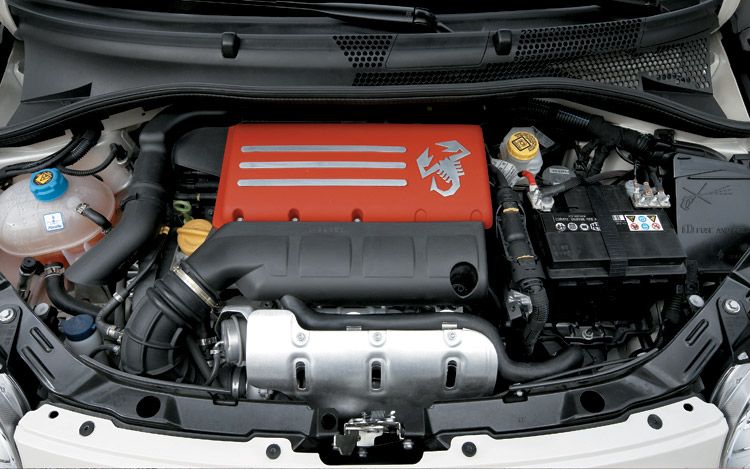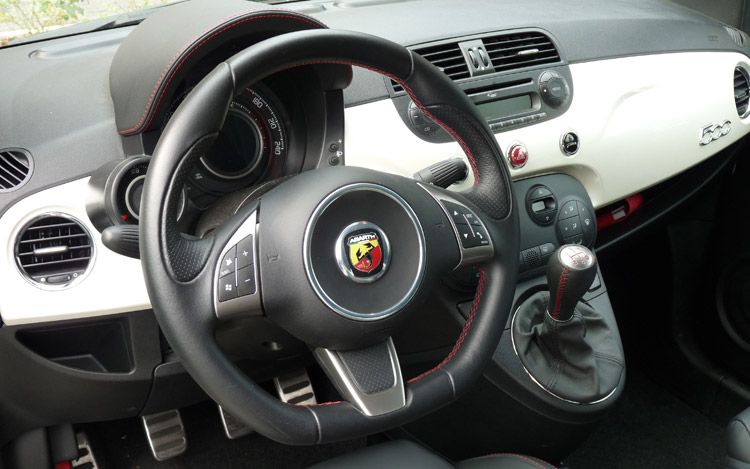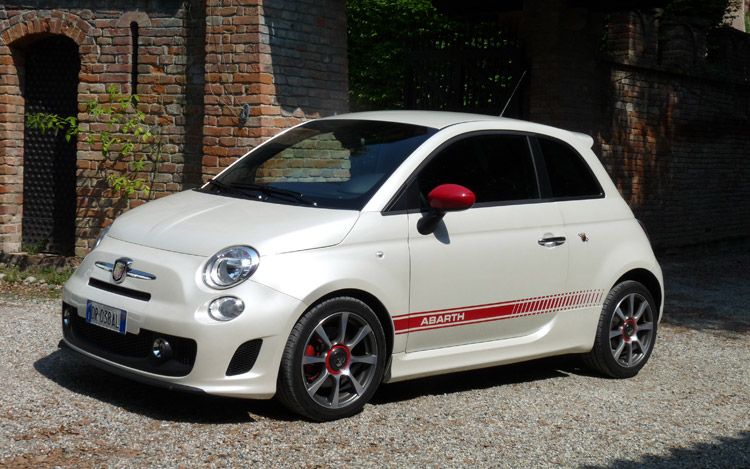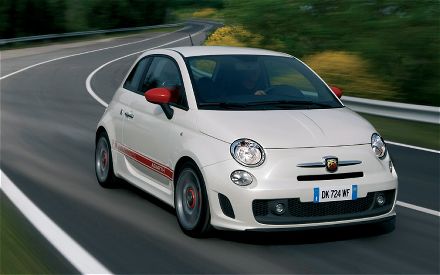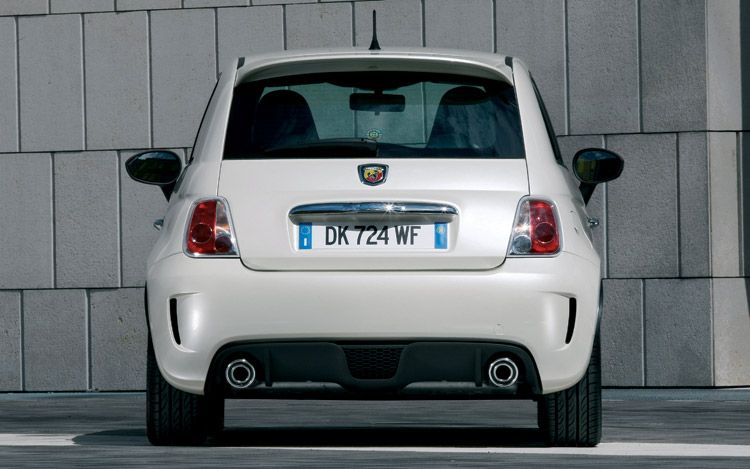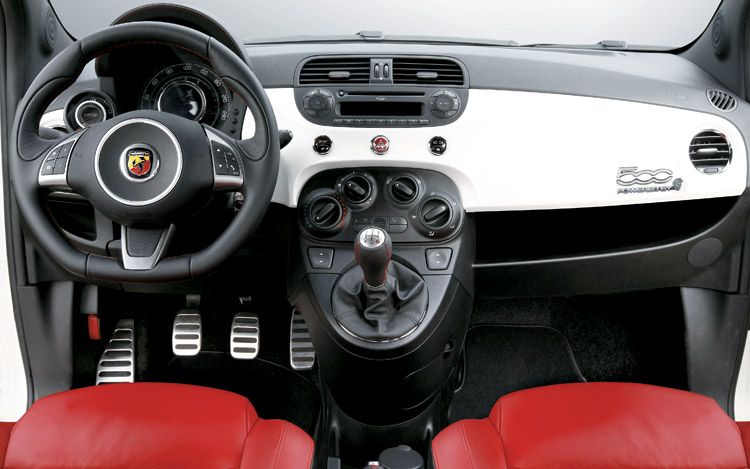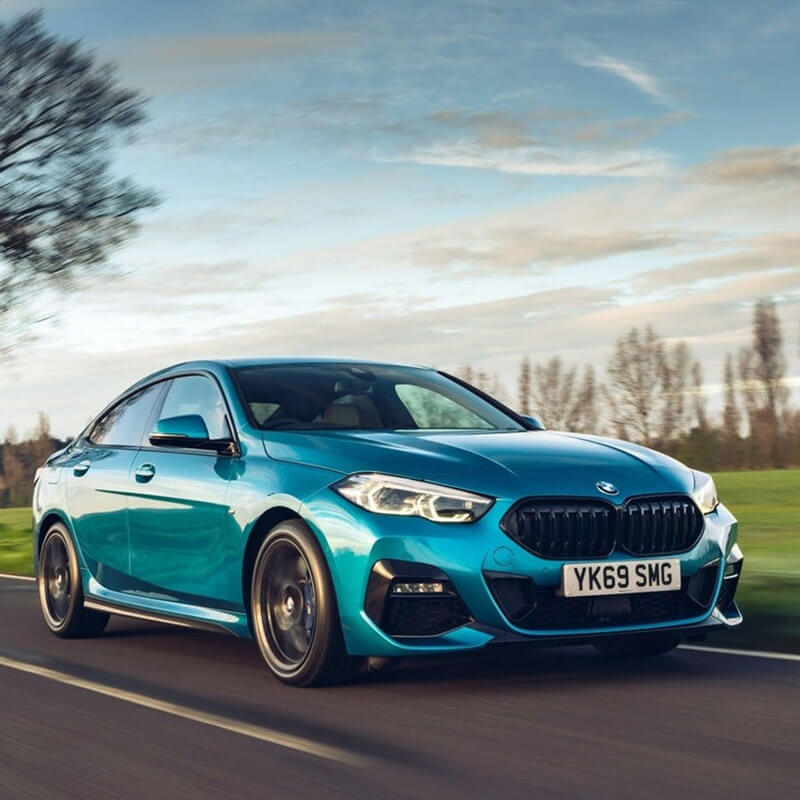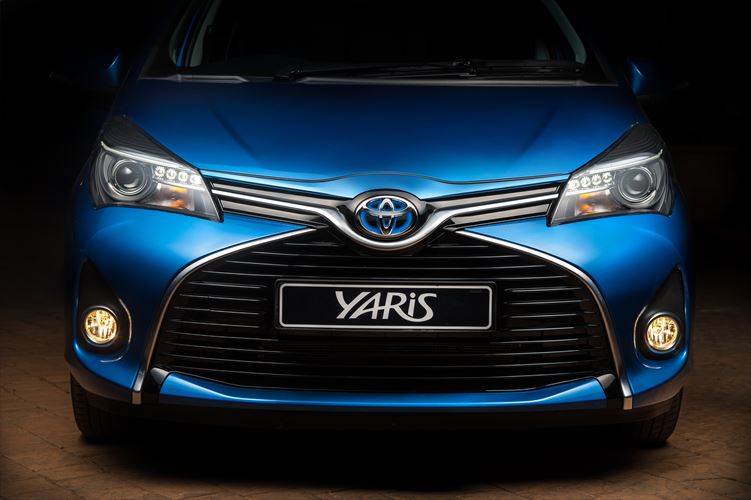2009 Fiat 500 Abarth
You know the back story on the Fiat 500. First shown as a retrofashionista-inspired concept at the Geneva motor show a few years back; production followed suit; European Car of the Year; huge sales ensued; blah, blah. It seems nearly everybody loves this thing, which blends cuddly style, reasonable value, and solid driving dynamics.
I know what you’re thinking: “Now that Chrysler and Fiat are swapping spit, will we get the 500 in America?” And, “How does that hot rod Abarth version drive, and will we get that?” Although neither Chrysler nor Fiat has officially announced a North American product plan for the 500, it’s nearly a done deal. The car needs to be crash-tested and certified, powertrain offerings have to be sorted, and production capacity will be made in a North American factory, most likely in Mexico. And what of the Abarth version, the Amped 500? Been there (to Italy), drove that, had a blast.
If you follow such things, you know Carlo Abarth was Fiat’s tuner of choice many decades ago, and the brand is now owned by Fiat. Think Italian version of AMG, BMW M, and such. The 500 Abarth’s closest comparison, in spirit and in dimension, is the Mini Cooper S. Both are enthusiast-spec’d, turbocharged versions of a volume subcompact, hatchback, front-drive coupe. They are relatively close in terms of overall packaging and size, although hardly identical in personality.
Two Abarth-tuned powertrains are offered in Europe. Standard is a 1.4-liter turbocharged DOHC four rated at 133 horsepower. A limited-edition, up-spec version is twisted a little tighter, to produce 160 cavallini out of the same displacement. It’s doubtful either will make it to the U.S. just they are; we suspect a torquier engine of at least 1.6 liters is a more likely guess. The only trans offered is a five-speed manual; this would likely change for U.S. consumption as well. The reason there is no six-speed is that Fiat at the moment doesn’t have a compact transaxle rated for these power outputs that also fits in this chassis architecture. The rest of the Abarth treatment is much as you’d expect: beefier rolling stock, brakes, suspension tuning, stripes, sport seats, and (perhaps a few too many) Abarth badges. Our tester was a somewhat base 135-horse model, wearing 16-inch rubber. A 17-inch wheel and tire package is optional.
Like the Mini, the cinquecento Abarth has charisma in spades. One onlooker commented that it resembles “an angry bowling ball.” Like the cartoon version of the Tazmanian Devil, it’s terminally cute, yet means business. Credit Abarth’s pipe benders: The large dual exhaust pipes burble out an engine note that sounds far too deep and rich to emanate from 1.4 liters. It pops and spits and gurgles; and it wouldn’t hurt our feelings if it were louder but it’s fine as it is. Although the Cooper S has more low-down torque, this pint-size powerplant is pretty linear in delivery, and the power curve stays flat and strong right to the 6000-rpm redline. Fiat claims a 7.8-second 0-to-60 time, which feels accurate.
The lack of a six-speed manual might be a marketing issue for Fiat to consider, but out on the road, you don’t really miss the last cog. The five-speed’s ratios are nicely spaced, and it’s easy to keep the little guy on boil. But the shifter is an unhappy subject. It’s too long, there’s too much slop, and it feels neither crisp nor precise. For such an important driver control, this is an unfortunate boo-boo.
Speaking of driver inputs, the Abarth’s steering is marginally hampered by too many electrons and not enough direct connection. All 500s employ an electric steering system, which is known for lack of feel. In this case, there’s little to no mushiness off-center and a plenty quick steering ratio, but true to form, it all feels somewhat artificial. The computer cranks in adequate weight, but there’s not a lot of genuine feedback from the tires. It’s better than many electronic systems, but more work is needed here. No such complaints with the Brembo brakes, which deliver firm pedal feel, nice modulation, and anchor-worthy stopping power.
We’d peg the Abarth’s overall handling persona as somewhere in between that of a standard Mini Cooper and that of the edgier, turbocharged Cooper S. The Fiat’s a little taller, as is the H-point at which you sit. The Abarth feels as if it has a lot more suspension travel. You trade its easy absorption of nasty bumps, which would send a Mini bouncing, for more body roll. Grip levels feel about equal, but that will be affected a lot by wheel and tire choice.
The Abarth rides better than a Cooper S. The Mini has better steering feel and quicker response, at the expense of annoying torque steer. The Abarth’s steering, as noted, is less communicative, but virtually banishes wheel wiggle. In short, the Cooper S feels like the slightly better handler, and would be a more exacting track toy; all but the most ardent drivers would likely rate the 500 Abarth better for everyday use and on long hauls. We know there’s more to be found in the 500 chassis, and Fiat could tune the Abarth to be more aggressive if it chose to do so. We’d say another 10-percent more response, feel, and flatness would make it. Slightly stiffer anti-roll bars, and the 17-inch rolling stock, would probably be enough.
The Abarth’s interior is a sporty and comfortable place to be. The center stack functions are easier to use than the Mini’s. The HVAC controls don’t require fingers the size of a seven-year-old’s to operate, and the tops of the tach and speedo aren’t cut off by the steering wheel (at least as set for this driver). There’s a skosh more seat room in back, although not a lot. No worries about headroom. Abarth sport seats grip you reasonably and will support you on long hauls, although they could be more aggressive in side bolstering. Visibility is excellent in all directions, and the large, airy greenhouse gives less of a cavelike feeling than you’ll sense in the British motor.
It’s too soon to talk pricing, but we get the impression Fiat could deliver an Abarth 5-10-percent cheaper than a comparably equipped Mini Cooper S would cost. As the new kid in school, that would even the field a bit. Timing is also TBD, but since the 500 needs powertrain development and crash certification, we’d say it’s two years away, at least. We speculate that what we’ll get will be a North America-certified version of the “midlife-updated” 500, product-developed in keeping with our tastes and market trends. It’s a darn good start, however; there’s lots of basic goodness to be found in the Littlest Fiat. We hope the overall plan includes the Abarth, in addition to “base” and cabriolet (convertible) models. Because there’s always room in our hemisphere for one more car that looks cool, is silly fun to drive, and is affordable to the enthusiasts who want it.
Sourced via motortrend.com

